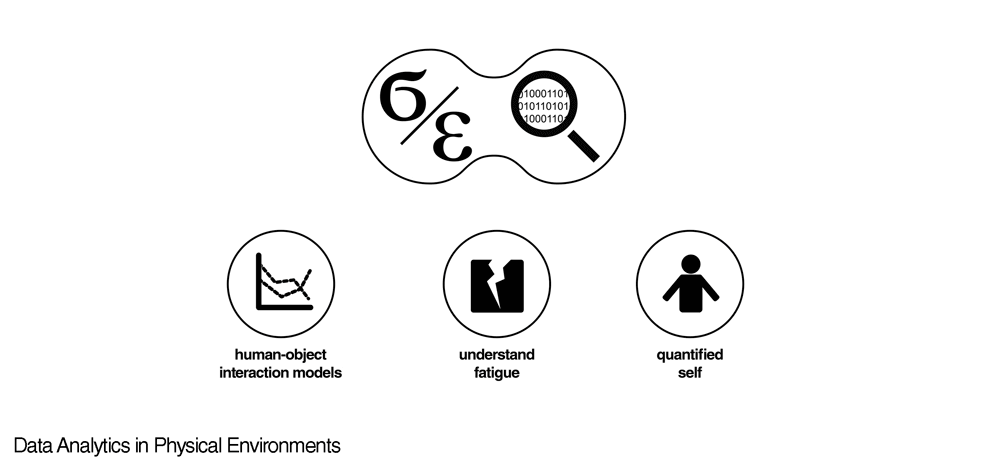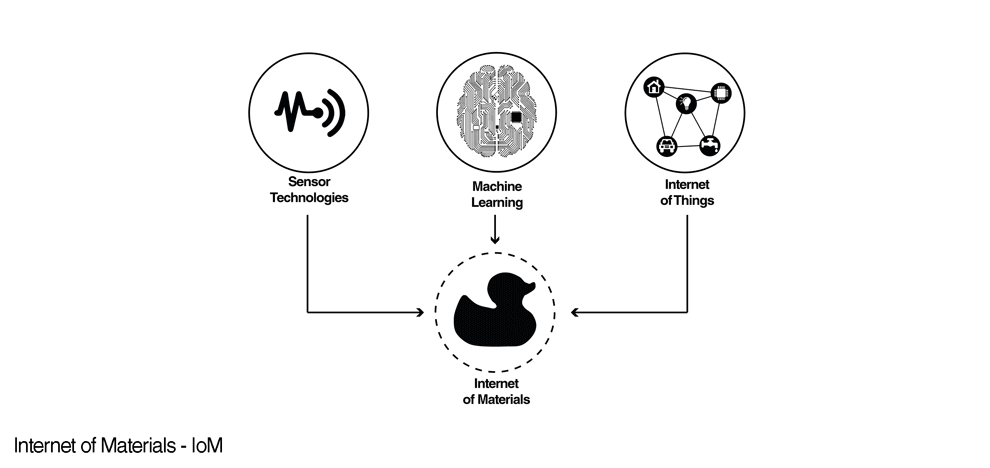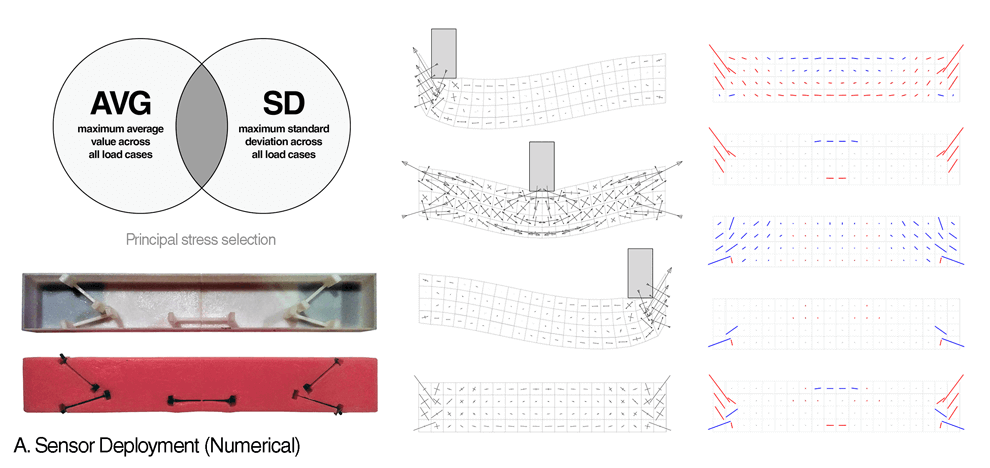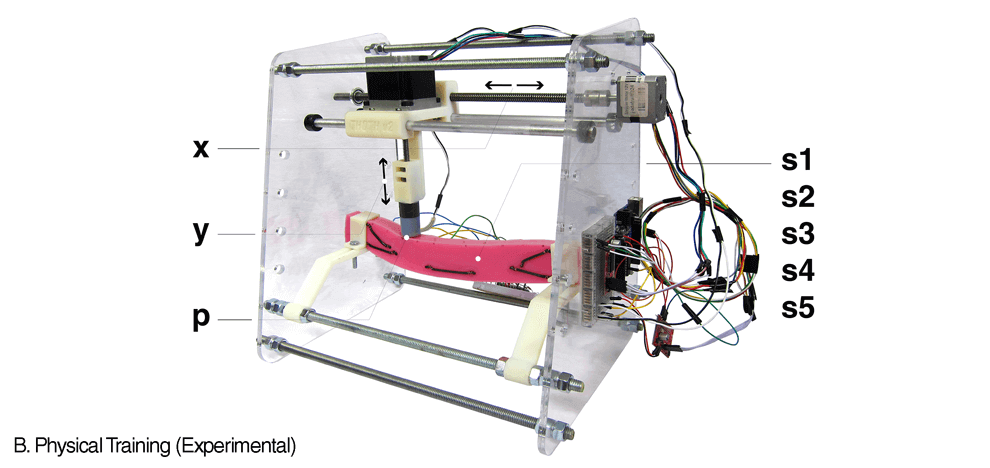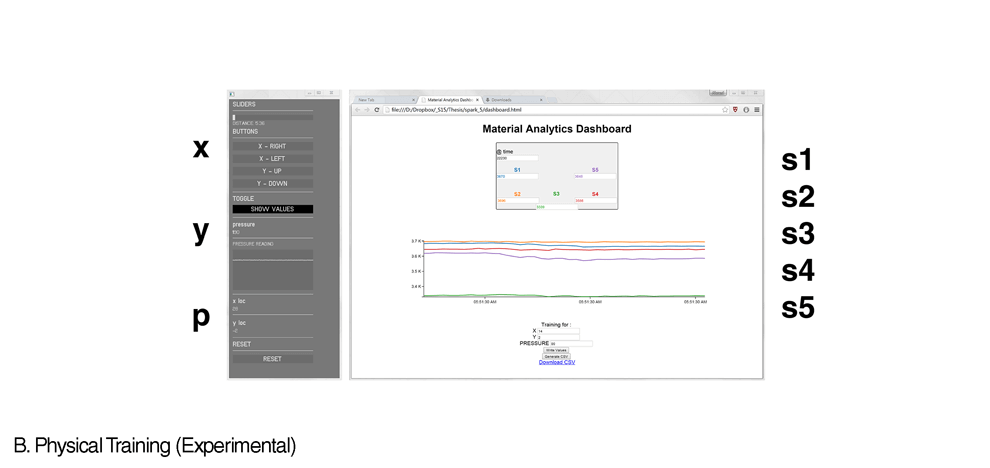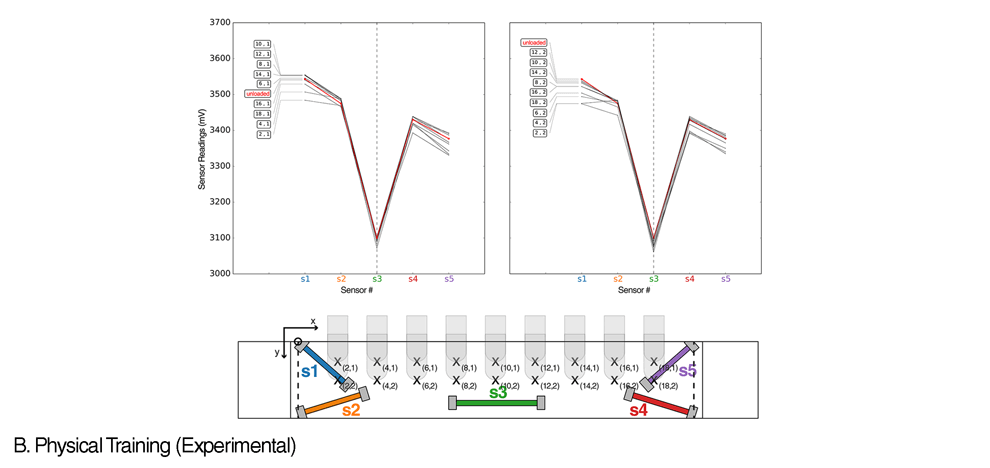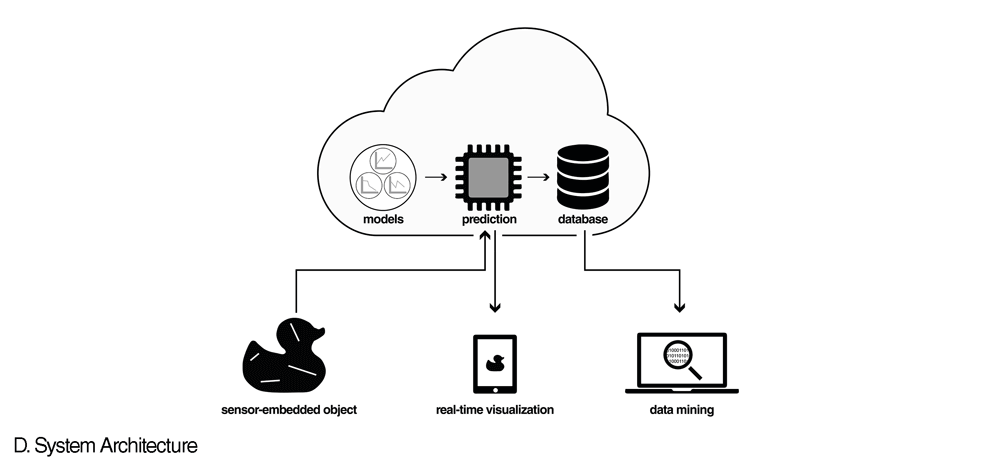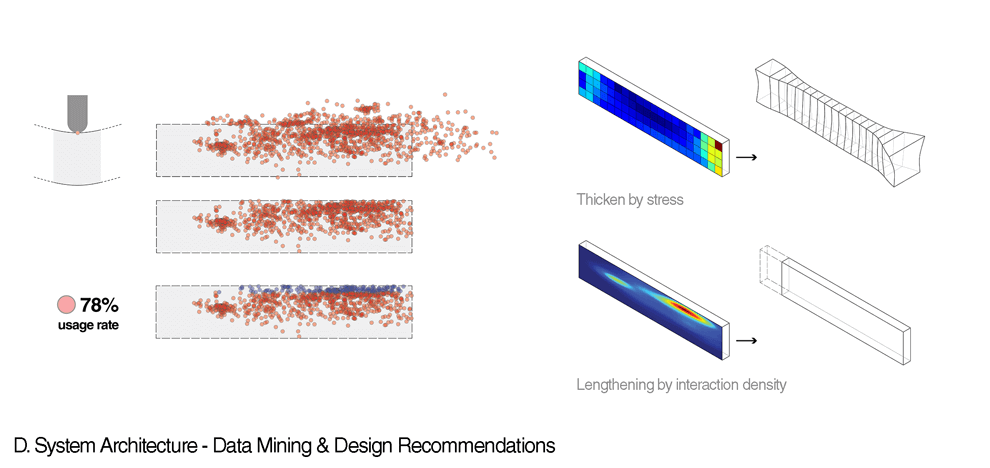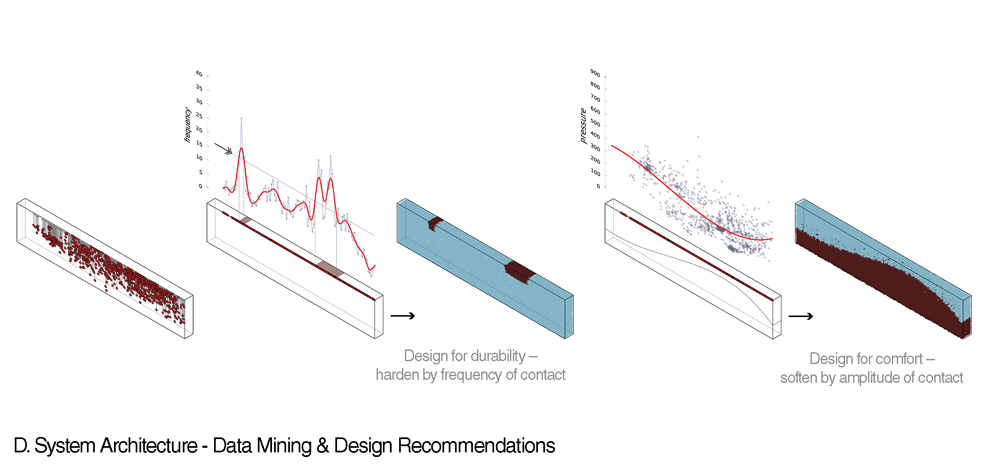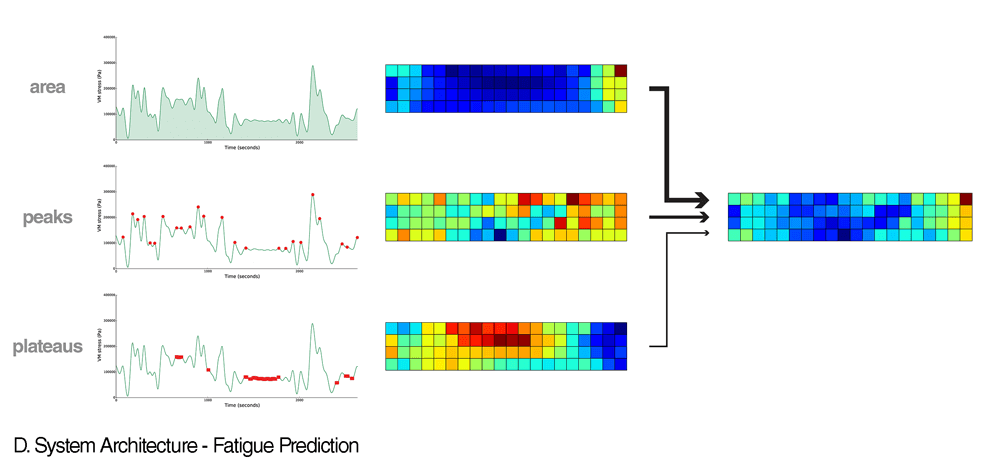Material Analytics
The thesis for this research can be outlined as :
'An opportunity driven research that aims to drive a data analytics framework into physical
environments using both numerical and experimental means.'
It is through the aggregation of mechanical behaviour data over a period of time that
one can start exploring:
A. Human-Object Interaction Models: These models could be used to validate or simply
attempt to gauge the performance of new designs. They could predict human
interaction patterns and tendencies with such designs.
B. Understanding Fatigue : Fatigue is the weakening of a material caused by repeatedly
applied loads. It is the progressive and localized structural damage that occurs
when a material is subjected to cyclic loading. It remains one of many
load cases that are extremely challenging to model and predict as they are heavily
reliant on the time factor. C. Quantified-Self: With the emergence of wearables, smart watches and other devices
that track our daily activities, notions of self tracking have quickly gained
wide interest especially with the tremendous amount of data that has been generated
as a result. An indirect method of tracking ourselves could then become
through tracking objects that we deal with. Hence, we are able to understand ourselves
better through how we interact with objects around us.
The research also aims to build up a framework outlining the Internet of Materials or
IoM. Three actively researched areas could be explored simultaneously and collectively
bundled to build this framework:
A. Sensor Technologies:From electrical strain gauges to fiber optics sensors, sensor
technologies have been widely developed to cater for a variety of needs. Costs have
dropped significantly to an extent that DIY hackers can purchase relatively sophisticated
sensors at reasonable prices. However, these sensors still remain exclusive to
certain applications and objects. The IoM ensures that sensor adaptation expands
to reach a broader range of everyday objects.
B. Machine Learning: Whether it be supervised or non-supervised learning, from support
vector machines to neural networks, machine learning is simply based on computers’
ability to learn from data and make predictions. With the emergence of data
scientists as a hit profession in the past five years, machine learning has become
at the heart of almost every new digital application. The IoM will utilize machine
learning to reduce measured quantities while maintaining good prediction scores.
C. Internet of Things: This relatively new term implies connecting object to the internet
through embedded electronics. Now, a sensor embedded into your milk carton
will detect that you are running out of milk and will place an order on your
behalf on amazon.com. The IoM is to be seen as a natural, more
specific extension of the internet of things. However, IoM is more concerned with
analog vs digital signals. Additionally, it is focused on quantifying how objects feel
rather than solely monitoring or controlling them. The thesis document can be found here

